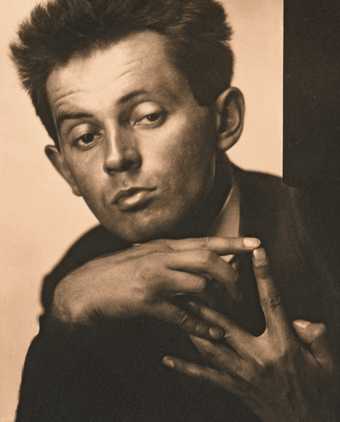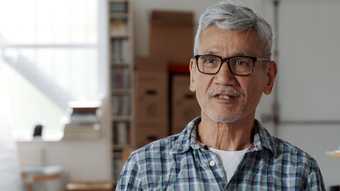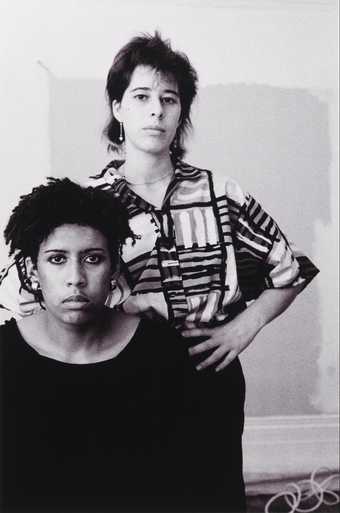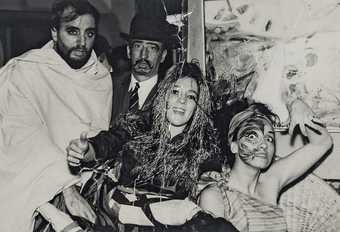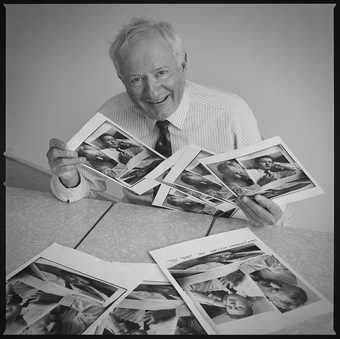
Arthur Tress, Triple Self-Portrait 1956/1995/2013 2013
© Arthur Tress
I came to photography in the early 1970s as an undergraduate in Montréal. What was initially just a hobby quickly found a purpose in the fledgling gay liberation movement, documenting gay rights marches as well as the burgeoning gay scene. As a self-taught activist and photographer, I looked for visual inspiration, but found it hard to come by. By the mid-1970s I was studying photography at the New School in New York and had made myself a personal gay canon, including works by Duane Michals, Robert Mapplethorpe, Peter Hujar and Arthur Tress (b.1940).
I was especially drawn to Tress’s work. It was funny and sexy, rooted both in documentary and the depiction of fantastical scenarios, and its sense of narrative was compelling. By the beginning of the 1980s I had been caught up in the critical debates around the representation of politics versus the politics of representation in the UK. However, when these debates alighted on sexual difference, they focused on gender in a heterosexual context. What continued to inspire and keep me focused was the work by gay males, such as Tress and his cohorts.
It was difficult to view these actual works, however, which were almost never discussed in the London of the time. I remember the director of a well-known gallery speaking at my college in Farnham, Surrey, referring to some of this work, while at the same time apologising for not being able to show it to us as a slideshow, let alone on the walls of her gallery.
Tress was inspired by surrealism and had ‘a combined interest in ritual ceremony, Jungian archetypes and social allegory’. As he says, ‘What I really do is improvise out of reality. I create a thought matrix in my mind based on these themes in my head, like being chased by monsters, and allow the real world to produce the kind of things I am thinking about.’
His earlier 1960s theatrical work on children’s dreams influenced his 1970s work on gay male culture in New York, especially the images around the piers on the West Side, a neighbourhood I found myself in briefly around the same time. Although we have never met, his images combining the real and the magical have never ceased to be an inspiration to me.
Sunil Gupta is an artist who lives and works in London. A selection of his photographs are included in the Artist and Society: Intimacy, Activism and AIDS display at Tate Modern.

